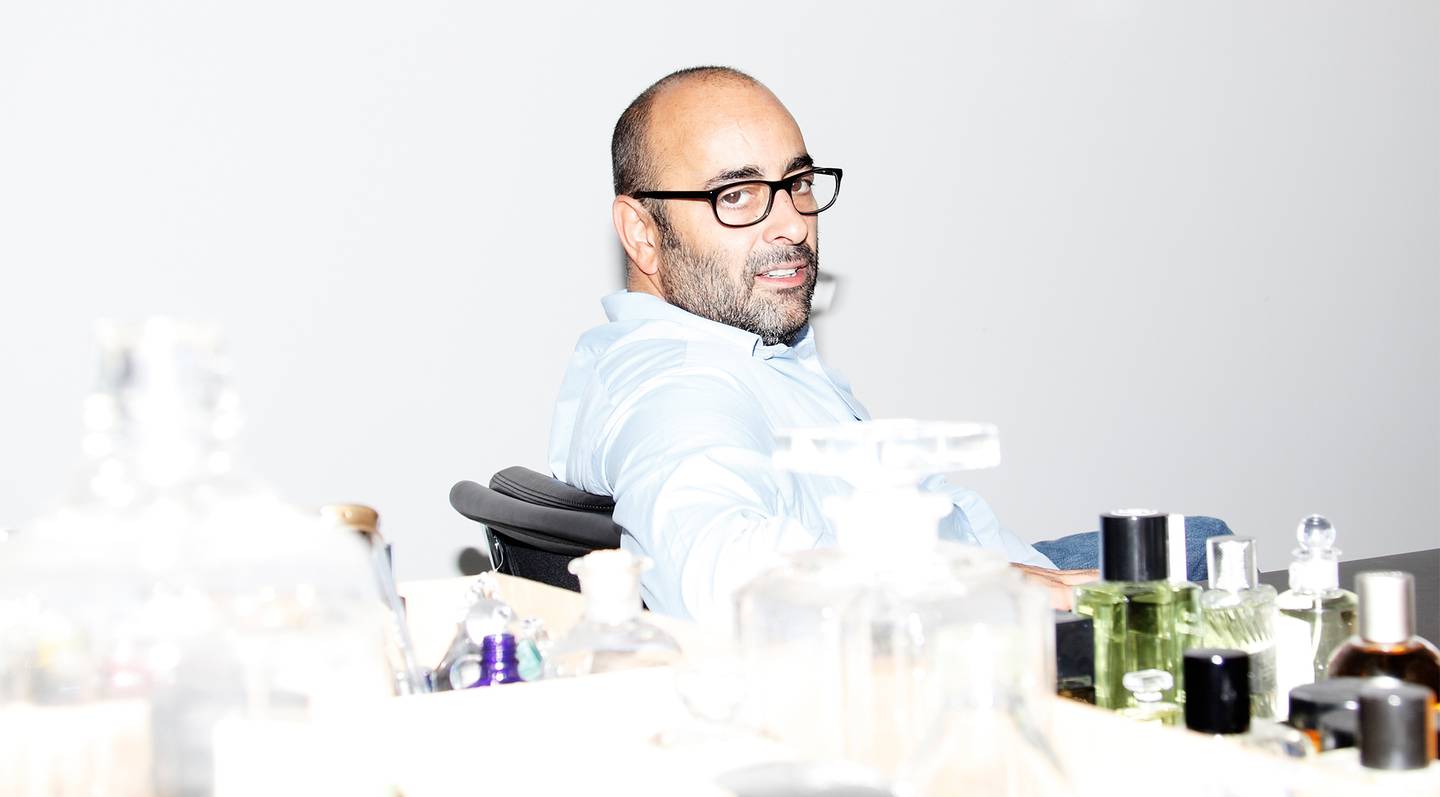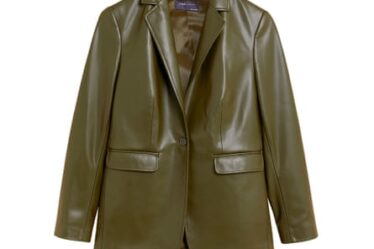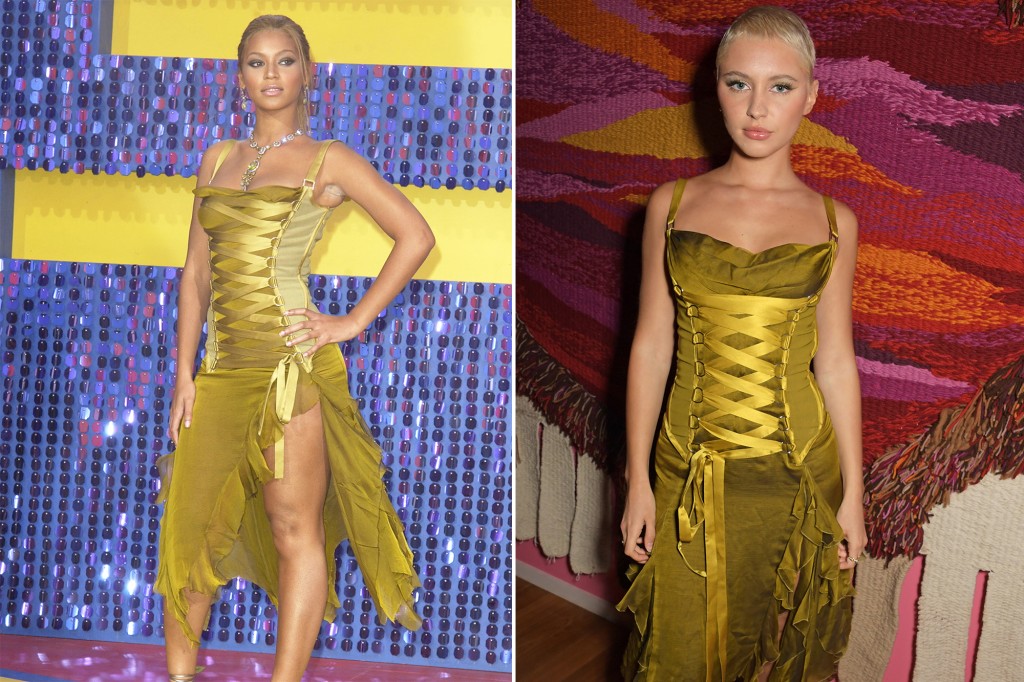
LONDON — In 2010, when a plucky upstart company called Warby Parker was launched by a group of classmates at the University of Pennsylvania’s Wharton School, the founders didn’t know that their idea of retailing eyeglasses on the internet — stripping out the middleman while simultaneously offering better value and capturing more of the retail margin — would become a playbook adopted by countless other DTC companies over the next decade.
Soon, a DTC revolution took the fashion industry by storm, fueled by billions of dollars in venture capital. There was only one problem. There was a fundamental disconnect between the expectations of venture investors and the economics of fashion, especially as acquiring customers through performance marketing became more and more costly.
This week our newsroom was abuzz with conversation about the excellent analysis by our correspondent Malique Morris on Parade, an underwear start-up once viewed as Gen-Z’s answer to Victoria’s Secret. The high-potential DTC company was disposed of in a fire sale to Ariela & Associates (which owns the license to Fruit of the Loom) earlier this year when it could no longer raise money to finance further growth.
This is not a new phenomenon. The list of failed or struggling DTC fashion companies continues to grow, from Nasty Gal (filed for bankruptcy in 2016) and Outdoor Voices (which “imploded” in 2020) to Allbirds (whose shares have lost more than 95 percent of their value since an IPO in November 2021) and countless others in between. Even the OG DTC company Warby Parker, which announced its Q3 results this week, has seen its market capitalisation plunge from $4.5 billion to just under $1.2 billion today.
Founded in 2019, Parade was the brainchild of a charismatic founder and CEO, Cami Téllez, who effectively employed the Warby Parker playbook in a new product category, only with an updated marketing strategy targeted at Gen-Z customers seeking more authentic, purpose-driven messaging from the brands they buy into.
“This is a $17 billion dollar market in crisis,” Téllez told us in December 2020 during a special pandemic edition of BoF VOICES. “I grew up going to the mall seeing supermodels blown up on massive storefronts and knowing that there was a massive disconnect with the way that Victoria’s Secret, which still owns one third of the market, saw their product and brand story. I believe inherently that brands write cultural scripts. We are running into a cultural moment that no longer embraces that one note idea of sexiness.”
This positioning worked brilliantly. It also attracted top-tier investors including Stripes and Maveron, who, according to Malique’s reporting, pushed Tellez to invest heavily in customer acquisition when she preferred to take things more slowly. The company managed to grow its top line, but not without ballooning marketing costs which prevented it from generating profits.
Embedded in a carefully crafted statement Téllez provided to BoF are important words of advice for all would-be DTC fashion entrepreneurs. “In retrospect, it’s clear that the next generation of brands will be capitalised differently, and the era for market share-grabbing, fast-scaling start-ups is behind us,” she wrote.
As I see it, the key tension is this. When venture investors take control of your company, the power balance changes and they can push you to do things that might not make sense for its long-term viability. They are incentivised to push companies to grow at all costs, even if it means pushing them to the brink. Their model works even when just one in ten of their investments achieves a billion-dollar exit as that rare, outsized return makes up for all of the losses on many more failed investments.
Meanwhile, as an entrepreneur, you only have one shot. You have a portfolio of exactly one company and your return is based on the success of that company alone. You can’t afford to gamble the entire future of your company, and that of all of the team members who have invested their time, attention and energy to help build it.
The best advice I have received about choosing investors for a fashion business is this: Look across the table and imagine how these individuals will deal with you when the shit hits the proverbial fan. How aligned is their vision for success with yours? Can you have a tough and honest conversation with them about how to navigate the inevitable challenges you will face? And will they stand by you and your vision when this happens? Chances are if they are venture capitalists, you may never really see eye to eye.
The BoF Podcast
The author has shared a Podcast.You will need to accept and consent to the use of cookies and similar technologies by our third-party partners (including: YouTube, Instagram or Twitter), in order to view embedded content in this article and others you may visit in future.
Last week, BoF touched down in Mumbai, India to participate in the second annual Beauty & You Awards, created by the Estée Lauder Companies’ New Innovation Ventures.
I sat down with some of the people responsible for shaping the definition of beauty in India over the last decade, Anaita Shroff Adajania former fashion director of Vogue India, Bandana Tewari, former Vogue India fashion features director and the breakout Indian model of the day, Lakshmi Menon. We looked back at the launch issue of Vogue India in 2007, and dissected how the definition of beauty is shifting.
Then, to go a bit deeper I had a conversation with one of India’s biggest stars, Katrina Kaif, who founded Kay Beauty, India’s most successful celebrity beauty brand. I also got her take on the shifting definition of beauty in India and learned her secrets to entrepreneurial success.
Imran Amed, Founder, CEO and Editor-in-Chief, The Business of Fashion
Plus, here are my other top picks from our analysis on fashion, luxury and beauty:
1. Would Higher Wages Break Fast Fashion’s Business Model? This week, deadly protests after the Bangladeshi government proposed a minimum wage increase well below the level unions had called for highlighted a fundamental challenge in raising worker salaries: somebody has to pay for it.

2. Balmain: The House Olivier Rousteing Rebuilt. The designer’s extravagant vision and charismatic persona have taken the Parisian luxury house’s annual sales from €20 million to €300 million, Rousteing revealed in an exclusive interview with Laurence Benaïm which covers opulence, longevity, diversity and the aftermath of a shocking robbery.

3. Why Luxury Brands Are Pivoting to Athletes. In the key China market, sports stars are an increasingly popular choice for luxury brands aiming to broaden their appeal while limiting their exposure to scandal-prone entertainers.

4. Ezra Petronio: Art Director In Excelsis. The fashion Renaissance man talks to Tim Blanks about the role of the art director, the activist roots of Self Service, how megabrands have reshaped the industry and why social media is a bubble he hopes will burst.

5. Millions of Luxury Products Now Come With Unique Digital Passports. Here’s What That Means. Brands are starting to adopt the tags in large numbers as they prepare to meet major new EU regulations coming down the pipeline. They’re using the opportunity to build in customer-facing features that can appeal to shoppers, too.

To receive this email in your inbox each Saturday, sign up to The Daily Digest newsletter for agenda-setting intelligence, analysis and advice that you won’t find anywhere else.



